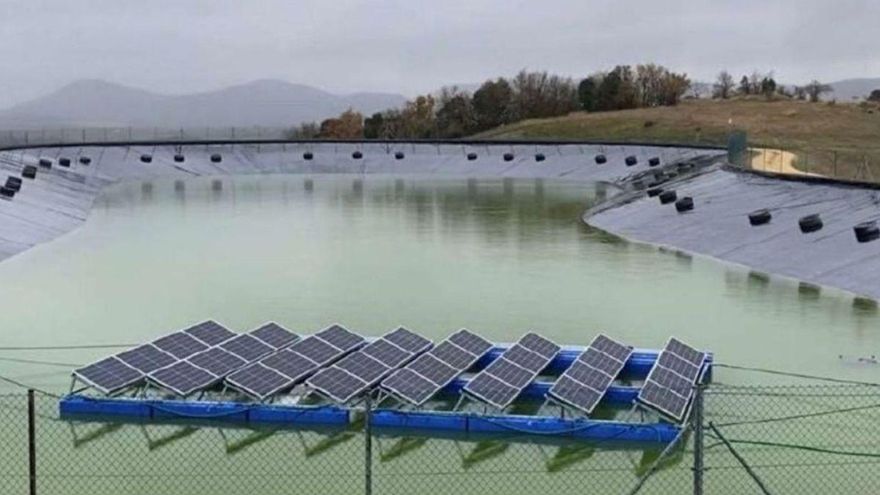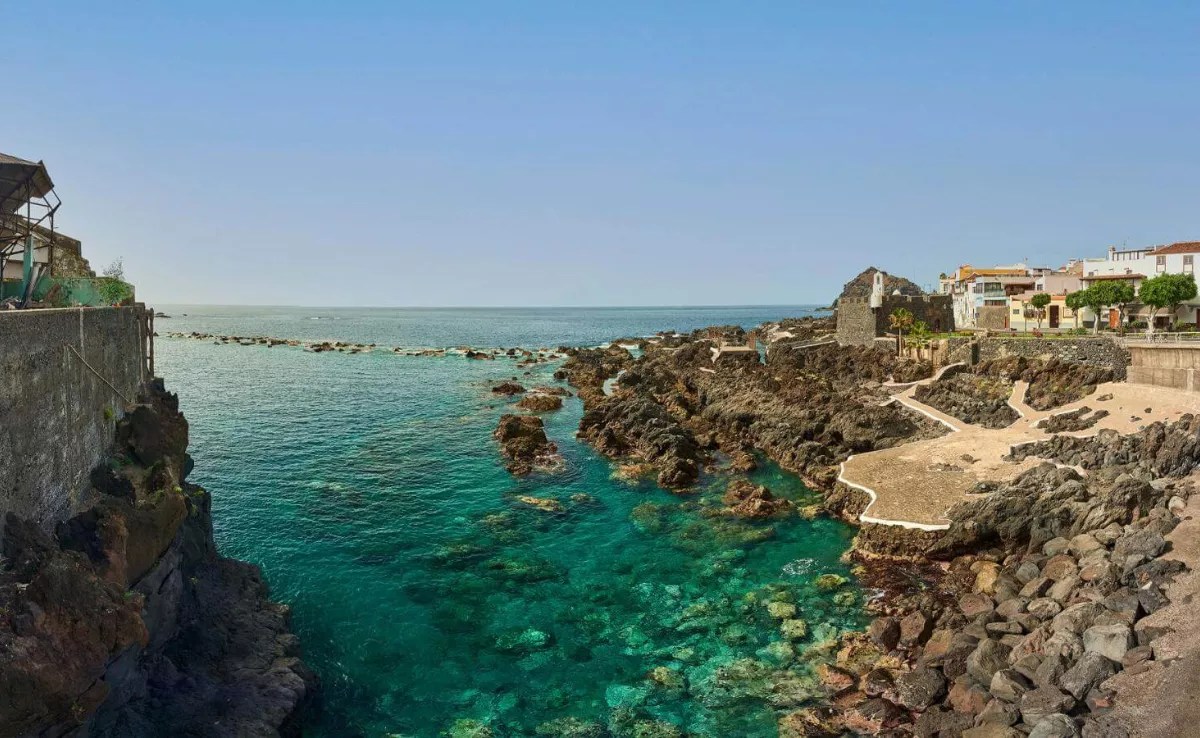
The council invests 888,958 euros in the first phase of the Balten Energy Rebalancing Plan, a global project of 1.4 million to provide solar panels in the medium term to a third of the 21 rafts on the Island. There will be four in this initial project and three in the second. The objective is to progressively advance in the implementation of renewable energies in the infrastructures that irrigate the island’s countryside. The island councilor for Agriculture, Livestock and Fisheries, Javier Parrilla, assures: “Together with Balten we have focused on promoting a sustainable energy strategy.” Parrilla affirms that this first phase also aims to reduce environmental costs and limit CO2 emissions into the atmosphere. The calculations indicate that this initial investment can be amortized in a period of one year thanks to the savings.
The first phase, with four actions, has a budget of 888,958 euros and will result in an estimated saving of 650 kilowatt hours per year. Javier Parrilla confirms that ««at the current price of energy it could mean a cost equivalent to that of the initial investment in just over a year». The savings calculation established by the Island Corporation is 171,383 euros. Without forgetting another fact: the reduction of CO2 emissions into the atmosphere by 399,431 kilograms per year.
The island manager recalls that “since the 2020 financial year, Balten has focused on defining a strategy on the path towards sustainable energy in the infrastructures it manages.” Specifically, projects are proposed for new renewable installations “that can provide a guarantee of power and reduce the corresponding energy cost overruns”.
Four scenarios.
The first phase of the rebalancing project includes the installation of photovoltaic panels in four ponds managed by Balten: Valle San Lorenzo, with an investment of 450,281 euros; the facilities of Isla Baja, in El Ravelo (267,987 euros); the Santa Cruz de Tenerife pumping station (74,497 euros), and the El Tablero discharge tank (96,192 euros). The last two are in the process of prior adjudication. A total of nine companies specializing in the development of the renewable energy sector attended the tender.
“As the main axis we set ourselves the priority objective of the commitment to decarbonization” says Ana Sánchez Espada, the manager of Balten. She adds: “With investment in green infrastructure, so that there is a transition from fossil fuels to a clean energy system.”
floating plates.
The second phase of the Plan will be executed in 2023, it will involve an investment of 495,000 euros –there will be a total of 1.4 million between the two– and an estimated annual energy saving of 93,650 euros. In this case, the project will affect the San Antonio, La Cruz Santa and Llanos de Mesa reservoirs. In the pilot project for the installation of floating plates in the San Antonio raft, in La Matanza, 160,000 euros will be invested. These panels located on the sheet of water reduce evaporation by up to 33%, represent 10% more energy generation and reduce the time for both civil works and maintenance.
Decarbonization.
The Recovery, Transformation and Resilience Plan (PRTR) includes, among its challenges and objectives, that Spain is ready to address the necessary decarbonisation of the energy system and includes, in line with the National Integrated Energy and Climate Plan (PNIEC), a vision of the insular specificity in four the energy transition and the promotion of renewable energies in the islands.
The Cabildo, through Balten, will invest these 1.4 million euros in projects to implement renewable energies in the island’s rafts, which will contribute to reducing energy and environmental costs, limiting CO2 emissions into the atmosphere.
The Balten Energy Rebalancing Plan will include two major actions. On the one hand, the installation of the floating plates in the rafts. On the other hand, a project for the implementation of photovoltaic panels, connected to the distribution network, in eight facilities of the entity, which will allow the generation of a final power per year of 4,000 MWh.
In 2021 the global energy cost of Tenerife amounted to 5,472,305 euros when the forecast was 2.5 million. Especially in electricity consumption bills related to processes such as regeneration, desalination or desalination of water.
This year an expense of 6.8 million is expected, an amount that, as the electricity market is, will surely be exceeded. The objective is that the farmer does not pay the extra cost of doubling the planned figure with an increase in the price of irrigation water. All this in order to give security and stability to the producers. The insular institution will assume the difference with its own funds estimated at 1.3 million.
Reclaimed water “of the highest quality”
Javier Parrilla stresses that “Reclaimed water is the present and future of stability for the island’s primary sector”. He adds as a fundamental reason for the argument that “with technology we can guarantee water of the highest quality and flows that satisfy the farmers of Tenerife». This is wastewater that has been purified and subjected to an additional or complementary treatment process that allows its quality to be adapted to the use for which it is intended. In this regard, the island official recalls that “reclaimed water for agriculture on the Island meets all the standards set by the Ministry of Health for drinking water, which will help improve crop productivity, as well as to encourage the introduction of new ones. Parrilla recalls that the strategy initiated by Balten is aligned with the Spanish Recovery and Resilience Plan, that outlines the roadmap for the modernization of the Spanish economy, with the idea of contributing to the reconstruction process in the post-Covid-19 era
















